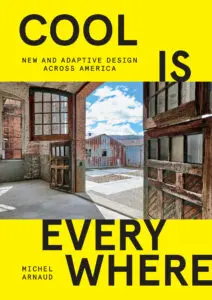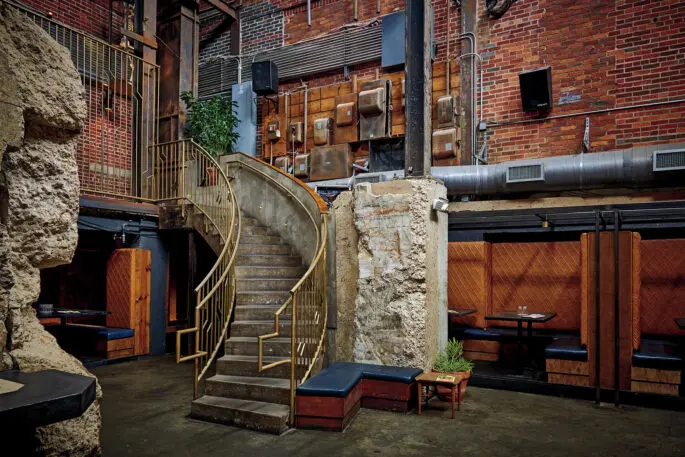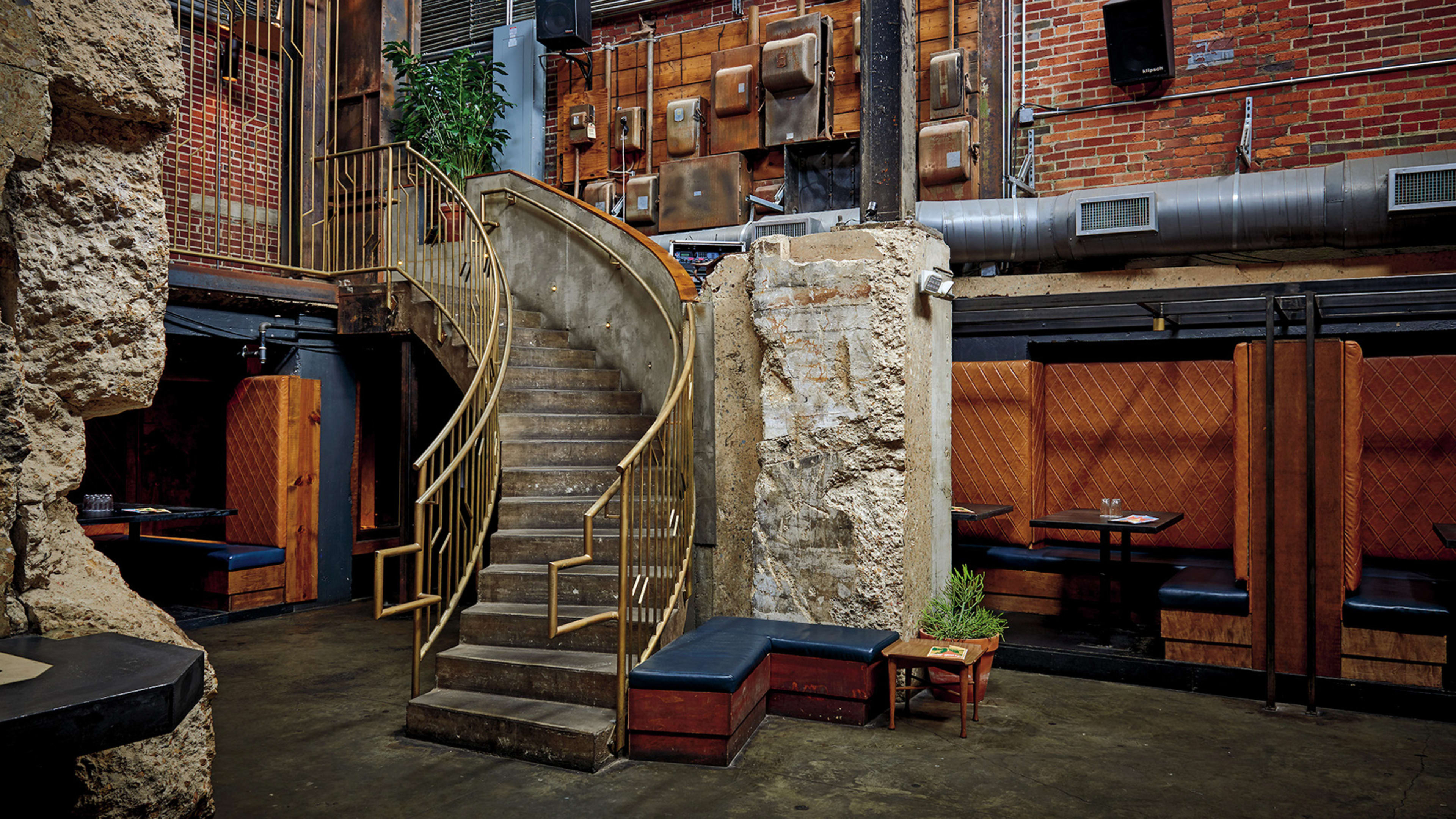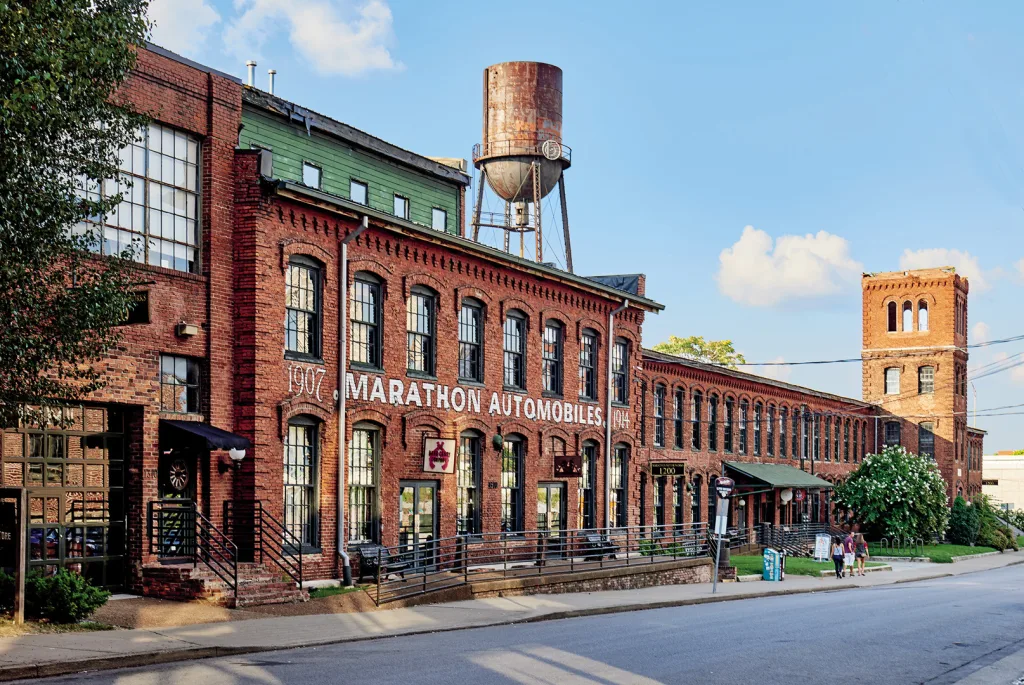The built environment contributes to nearly half of all greenhouse gas emissions worldwide, and new construction makes up a big chunk of that. Renovating the buildings we already have is a crucial way to protect the environment. The move toward adaptive reuse—or repurposing existing buildings for new functions—has never been more urgent.

The cities he chose vary in public profile—Nashville and Austin are already well known for their unique spaces, while Birmingham, Alabama, and Omaha, Nebraska, are probably less so. The projects also vary in scope and purpose. There are breweries that once served as factories, condos converted from a cotton mill, and a private home that was once a synagogue.
Adaptive reuse spaces are sometimes criticized for hastening gentrification, as urban development can displace longtime residents, particularly when it doesn’t include affordable housing. Adaptive reuse projects like New York City’s High Line and Atlanta’s BeltLine have led to a sharp rise in housing costs and property taxes. A study of Portland, Oregon’s craft breweries (a common candidate for adaptive reuse) found that breweries tended to open in neighborhoods that were already stabilizing but did tend to solidify patterns of gentrification.
The best examples of adaptive reuse serve underrepresented communities, and Arnaud’s book spotlights many such projects. Oakland’s Creative Growth Art Center was converted from an auto shop into a studio for artists with disabilities; Buffalo’s Northland Workforce Training Center was a former factory that became a site for job training and education; and in Pittsburgh, a Masonic temple became a space for City of Asylum, a nonprofit that supports writers who are threatened in their own countries.
“I tried to make a mix and open the pages to projects that are not usually featured,” Arnaud says. “I wanted to make design more accessible. That’s one of the propositions of this book—[design] that people can identify with.”

That’s definitely the case with Mobelux, a digital design company based in Richmond, Virginia, that turned an old post office into its headquarters, keeping the marble wainscoting, terrazzo floors, and original P.O. boxes. “In the 20th century when the post office was operating, its function was to distribute information, and now we have a digital company that distributes information in the same [space],” says Arnaud. “It just shows that things change, but they don’t really change that much sometimes.”
Recognize your brand’s excellence by applying to this year’s Brands That Matter Awards before the early-rate deadline, May 3.













